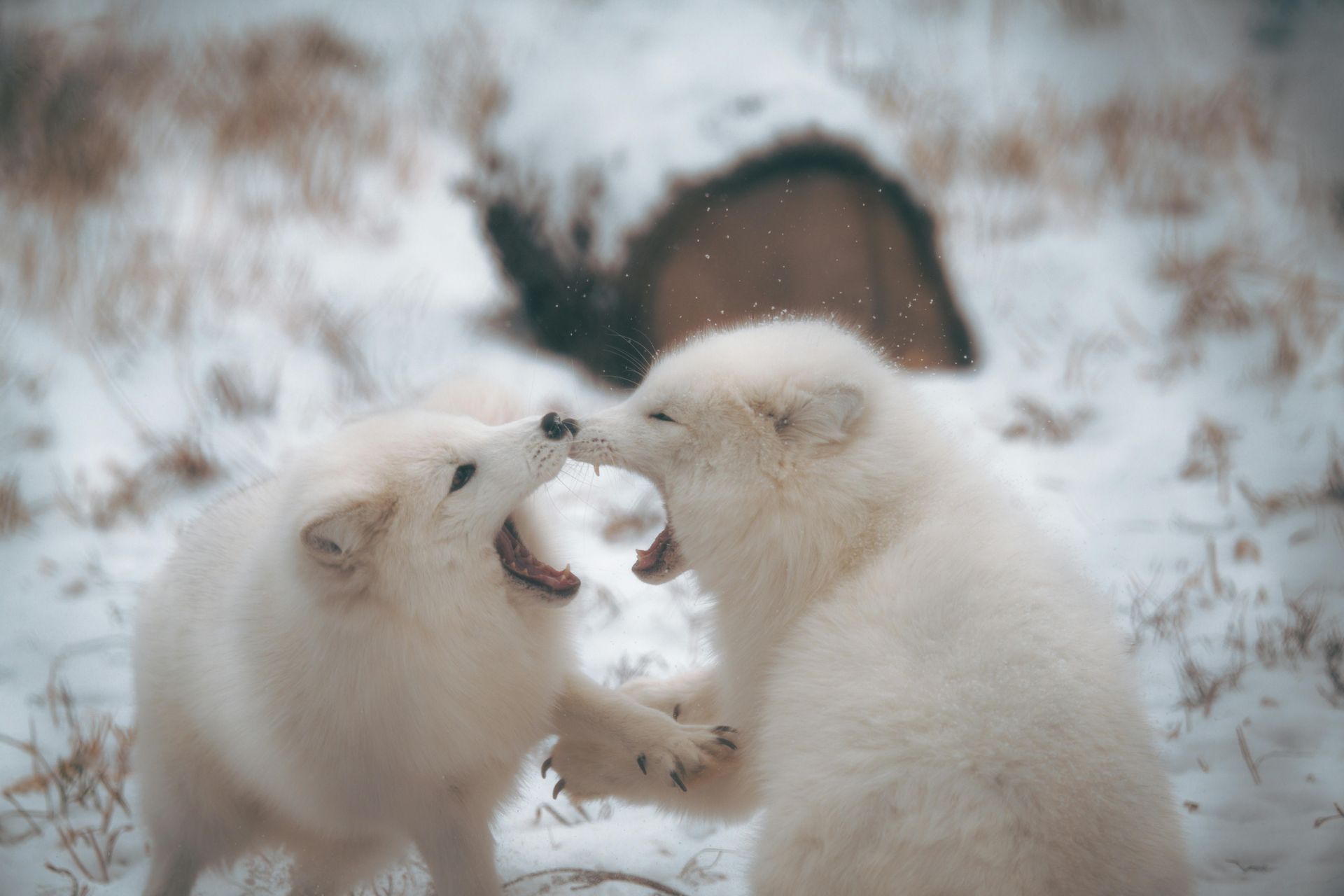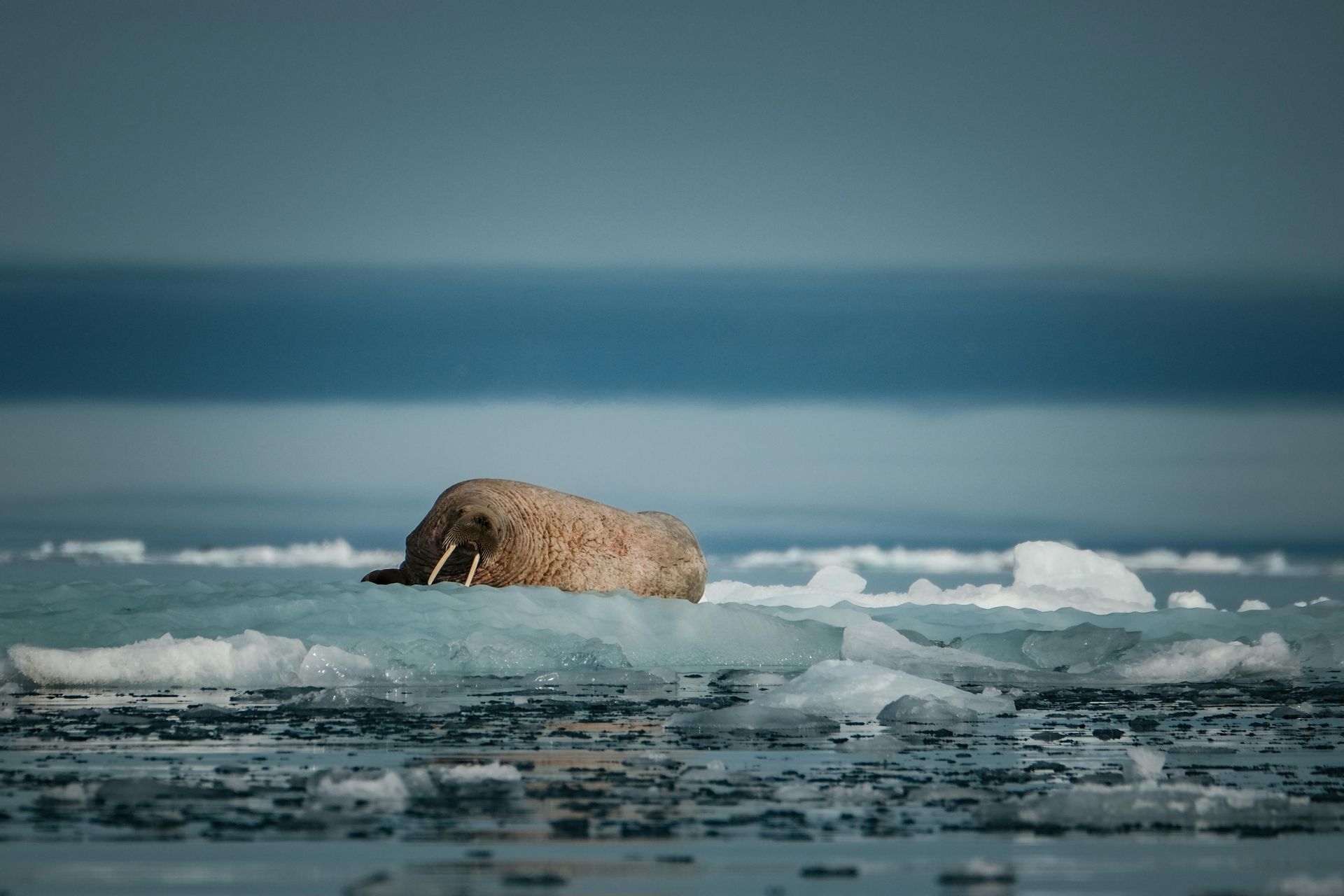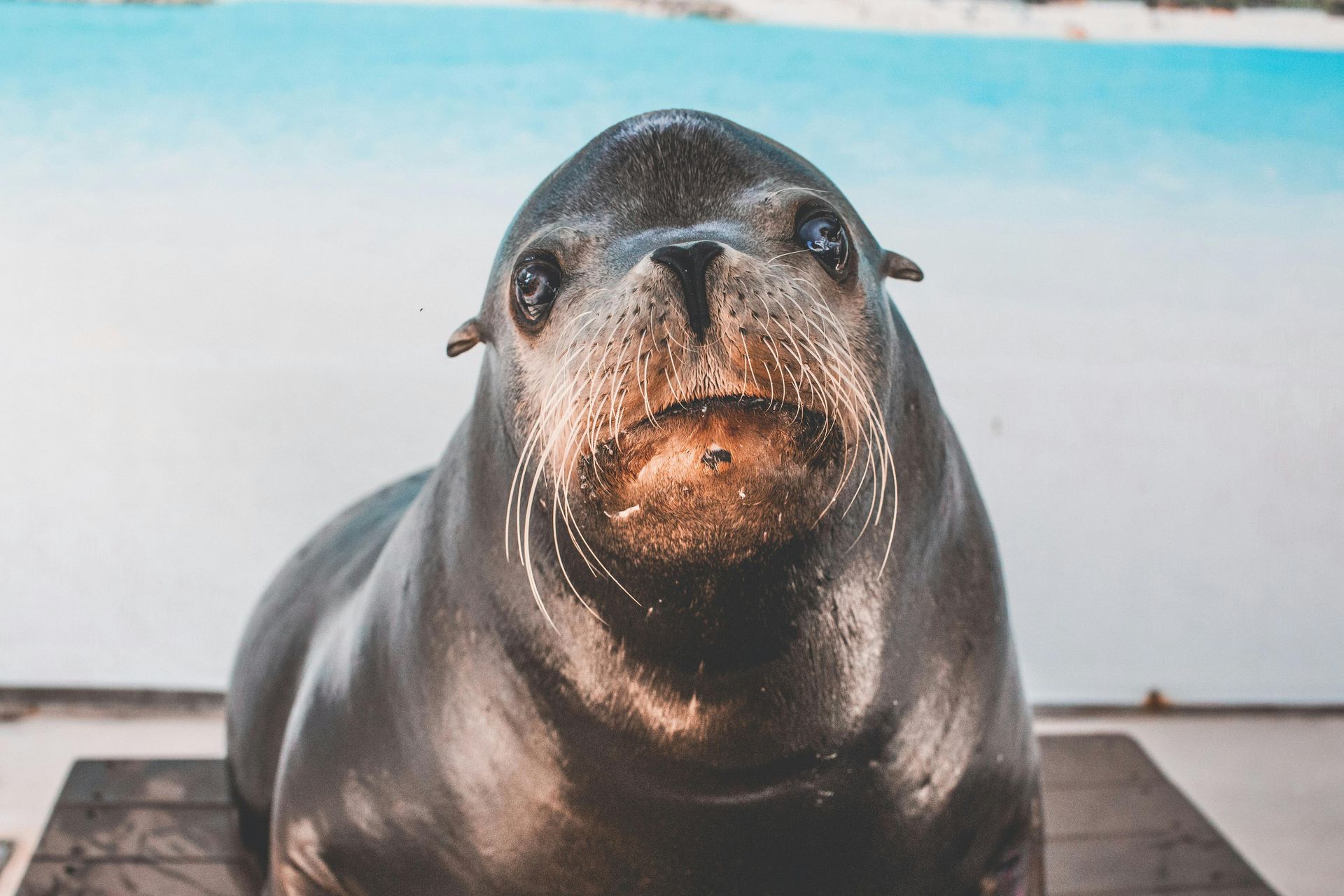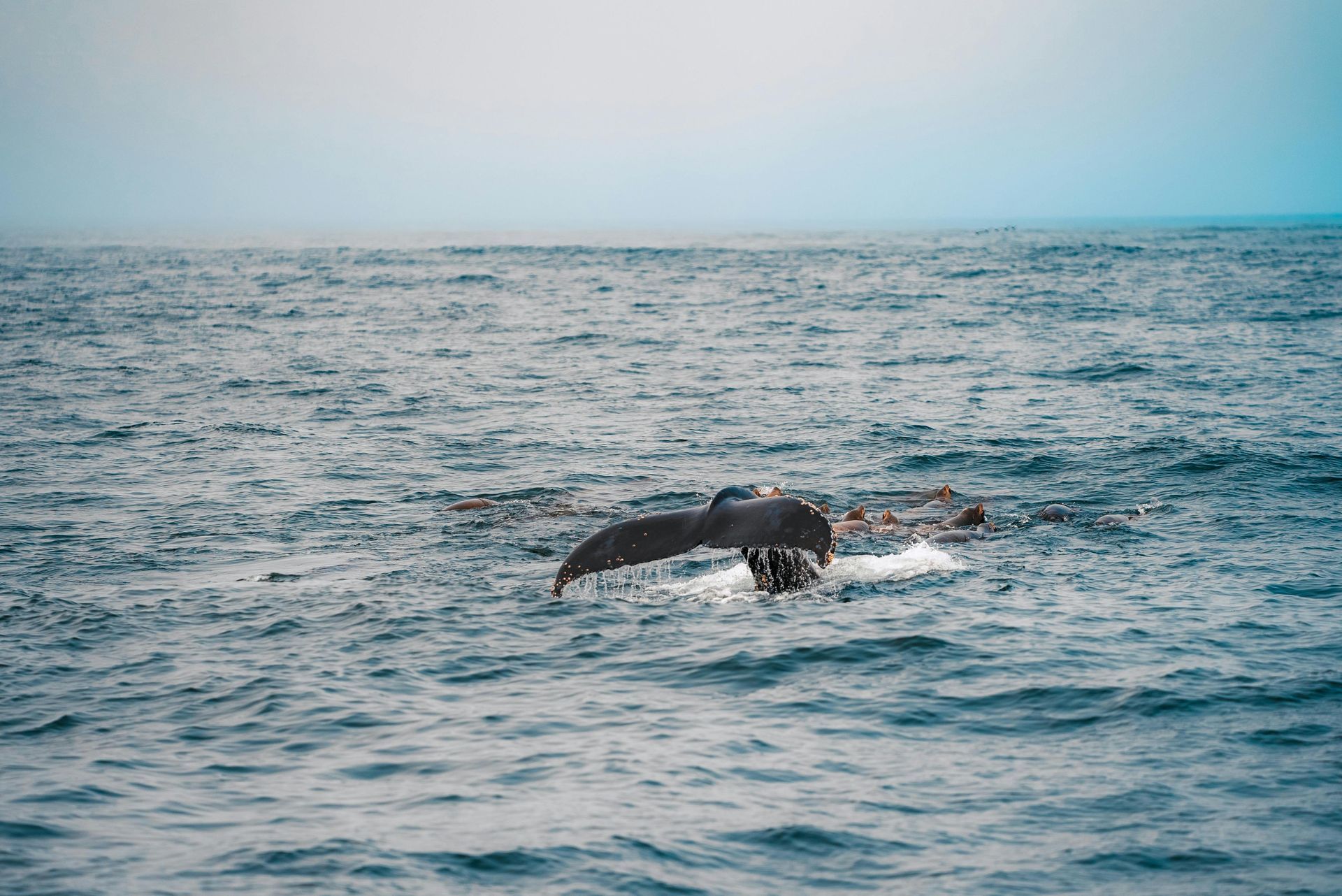Barentsburg and Pyramiden Interesting History
Barentsburg and Pyramiden Interesting History
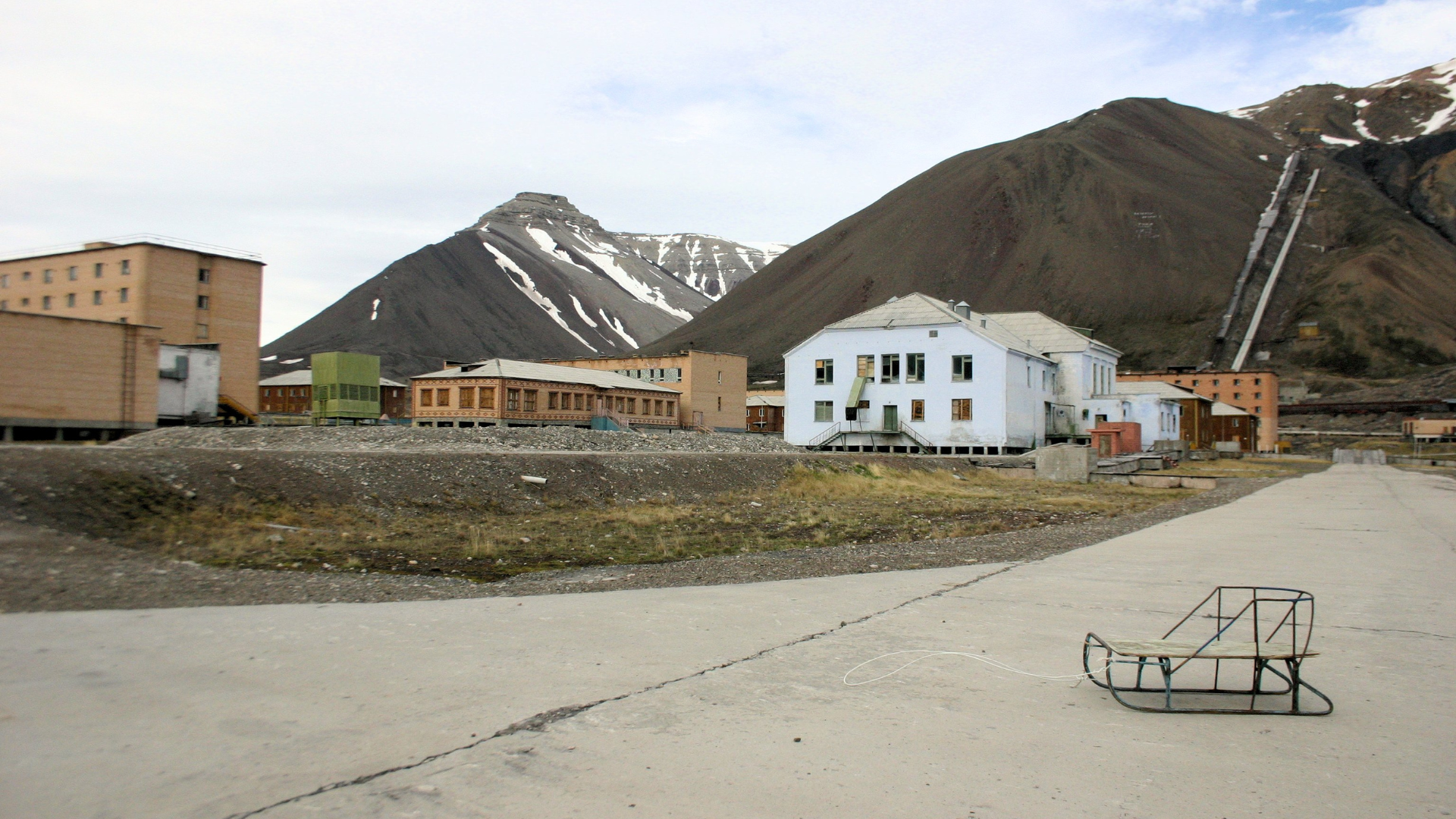
Barentsburg and Pyramiden, two of Svalbard's most intriguing settlements, offer visitors a fascinating glimpse into the archipelago's rich history and unique cultural heritage. These towns, remnants of the Soviet era, stand as intriguing monuments to a bygone time, each with its own distinctive story.
Barentsburg, the second-largest settlement in Svalbard, is still an active mining town primarily inhabited by Russian and Ukrainian miners. Established by the Dutch in the early 20th century, it was later sold to the Soviet Union, which developed it into a thriving community centered around coal mining. Today, Barentsburg remains a Russian enclave, complete with a consulate, a Russian school, and a traditional Russian Orthodox church.
Visitors to Barentsburg can explore its Soviet heritage through various historical sites and museums. The town's cultural and sports center hosts exhibitions detailing the history of Russian exploration and mining in Svalbard. Statues of Lenin and other Soviet-era monuments are scattered throughout the town, providing a stark reminder of its communist past. The architecture, with its utilitarian buildings and murals depicting Soviet propaganda, adds to the town's unique atmosphere.
Pyramiden, on the other hand, is a ghost town frozen in time. Established by Sweden in 1910 and sold to the Soviet Union in 1927, Pyramiden was once a bustling mining settlement. At its peak, it housed over a thousand residents and featured amenities such as a swimming pool, a cultural center, and even a greenhouse. However, due to economic difficulties and the collapse of the Soviet Union, Pyramiden was abandoned in 1998.
Exploring Pyramiden is like stepping into a time capsule. The town's buildings, now slowly succumbing to the harsh Arctic conditions, remain largely intact, offering a haunting glimpse into life in a Soviet mining town. Guided tours take visitors through the deserted streets, past the empty apartment blocks, and into the abandoned school and cultural center. The silence and isolation of Pyramiden create a poignant atmosphere, highlighting the transience of human endeavors in such an extreme environment.
Both Barentsburg and Pyramiden are accessible by boat or snowmobile, depending on the season. The journey to these remote settlements is an adventure in itself, offering stunning views of Svalbard's rugged landscapes and wildlife. For those interested in history and culture, these towns provide a unique opportunity to learn about the human stories that have shaped Svalbard's development.
In addition to their historical significance, Barentsburg and Pyramiden offer insights into the broader geopolitical context of the Arctic. The presence of Russian settlements in Svalbard reflects the complex international agreements governing the archipelago. Under the Svalbard Treaty of 1920, Norway has sovereignty over Svalbard, but other signatory countries, including Russia, have the right to engage in commercial activities and maintain settlements. This unique arrangement has resulted in a diverse and multicultural presence in Svalbard.
The future of Barentsburg and Pyramiden is a subject of ongoing interest. While Barentsburg continues to operate as an active mining town, there are discussions about its long-term sustainability and potential diversification into tourism and research. Pyramiden, meanwhile, has become a popular destination for adventurous tourists and history enthusiasts, with efforts being made to preserve its structures and promote its historical significance.
Barentsburg and Pyramiden offer a compelling blend of history, culture, and adventure. These settlements, with their Soviet heritage and dramatic Arctic settings, provide a unique perspective on the human experience in one of the world's most remote and challenging environments. For visitors to Svalbard, exploring Barentsburg and Pyramiden is an opportunity to connect with the past and appreciate the resilience and ingenuity of those who have lived and worked in the Arctic.



